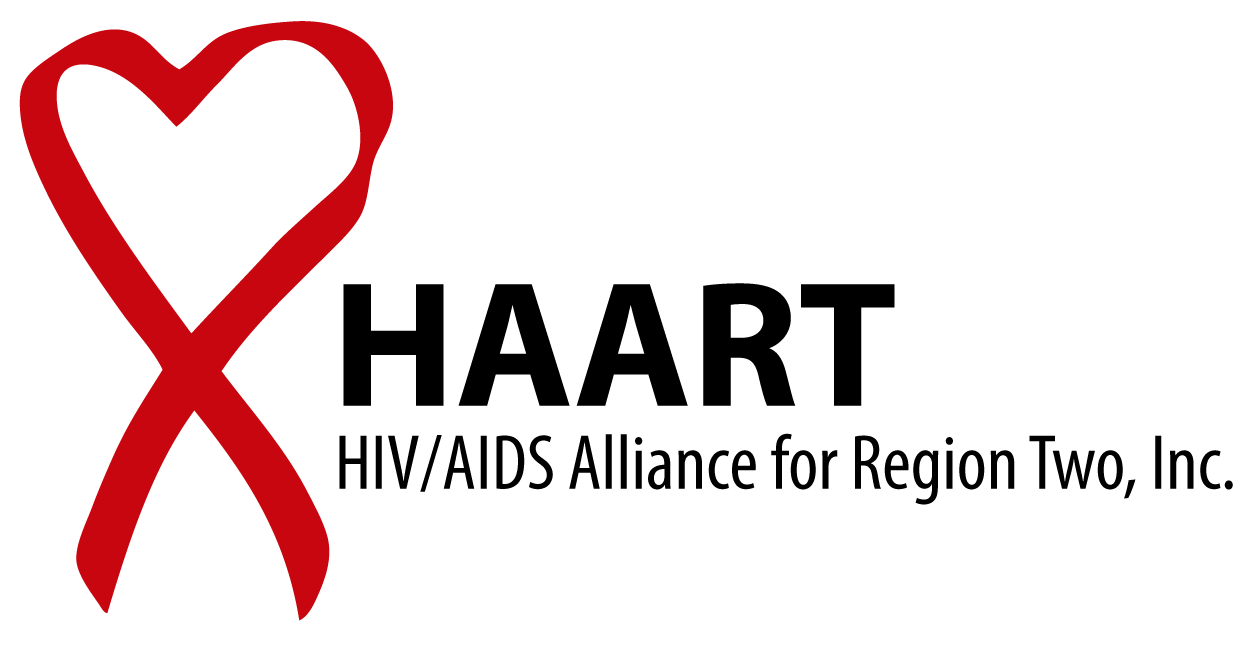How HIV Treatment Works
Knowing how HIV therapy works is important and can help you understand the need to take your medications as prescribed. The goal of anti-HIV drugs is to help stop HIV (human immunodeficiency virus) from reproducing.
HIV is a virus that attacks your immune system, which is made up of millions of cells that help fight against infection and disease. One of the most important of these infection-fighting cells is called the CD4 cell or “T cell.”
Once HIV enters the body, the virus infects CD4 cells and multiplies (replicates) inside these cells. These new viruses are released into the blood and go on to infect other CD4 cells. As CD4 cells are attacked and destroyed by HIV, the immune system becomes less able to fight infection and disease. (Also referred to as helper T cells, these are cells in the immune system that help the body fight infection. CD4 cells are the cells that HIV uses to make copies of itself.)
Anti-HIV drugs work by helping to stop or “inhibit” certain steps during the HIV replication process. When used in combination, anti-HIV therapies can reduce the amount of HIV in the blood (viral load). (Number of copies of HIV present in a person infected with HIV. Viral load testing measures the amount of HIV in one milliliter of a person’s blood.
HIV reproduces at a rapid rate in the body, producing both perfect copies of itself and copies containing errors (mutations). Some of these viral mutations allow the HIV to resist the effects of a certain anti-HIV drug (called “drug resistance”), while remaining sensitive to other drugs used in a regimen. In some cases, one mutation will cause resistance to an entire class of HIV medications (called “cross resistance”).

HAART
Because HIV reproduces at a rapid rate in the body and some copies of the virus mutate, a ” drug resistance” can occur.
This is where HIV combination therapy, or HAART (Highly Active Antiretroviral Therapy), comes in. Using three or more anti-HIV drugs (antiretrovirals) from different classes in combination allows them to work together to keep HIV levels down. Doctors and scientists have found that HAART can help control HIV and in many cases the viral load can become so low that HIV may not be detected in the blood. This is called “undetectable viral load.”
Because every patient is unique, you should talk to your health care provider to learn more about which HAART combination may work best for you.
HAART (Highly Active Antiretroviral Therapy) — The name given to treatment regimens recommended by leading HIV experts to aggressively suppress viral replication and progress of HIV disease. The usual HAART regimen combines three or more different drugs from different classes, such as two NRTIs and a protease inhibitor, two NRTIs and an NNRTI, or other combinations. These treatment regimens have been shown to reduce the amount of virus so that it becomes undetectable in a patient’s blood.
Undetectable is: When HIV is still present in the blood, but at such low levels that it cannot be detected using existing viral load tests.
Drug Resistance means: When a virus is able to adapt, grow and multiply in the presence of the drugs designed to control it. A virus is considered resistant to a drug when that drug is no longer effective against it .
(Source: Centers for Disease Control and Prevention)
- For information on HIV Home testing, see that page…
- HIV and Young Women
- HIV and Gay Men
- The Benefits of HIV Testing
- Cases of AIDS in the USA
- What Every Teen Needs To Know About HIV And AIDS.
- Food Safety for People Living with AIDS
- HIV Rapid Test
- HIV and Bodily Fluid Safety
![]()
Centers for Disease Control
(CDC) National AIDS Hotline (toll-free, Eastern time):
- English service: 1-800-342-2437 (7 days a week, 24 hours a day)
- Spanish service: 1-800-344-7432 (daily 8 a.m. to 2 a.m.)
- TDD service for the deaf: 1-800-243-7889 (10 a.m. to 10 p.m., M-F) August 2004
